To the north of Paris there is a town called Chantilly, which is known throughout the world for its lace. What is Chantilly lace? It is a thin, airy and elegant black weave that has made France one of the leaders in lace-making. The country has retained this status for many decades, and the lace is still popular and considered one of the best in the world.
History of appearance and description
Chantilly lace is a fine, airy lace from France. Today it is one of the most common types of weaving made from black silk threads called Grenadine Ale, and several centuries ago it contributed to the success of French craftswomen.
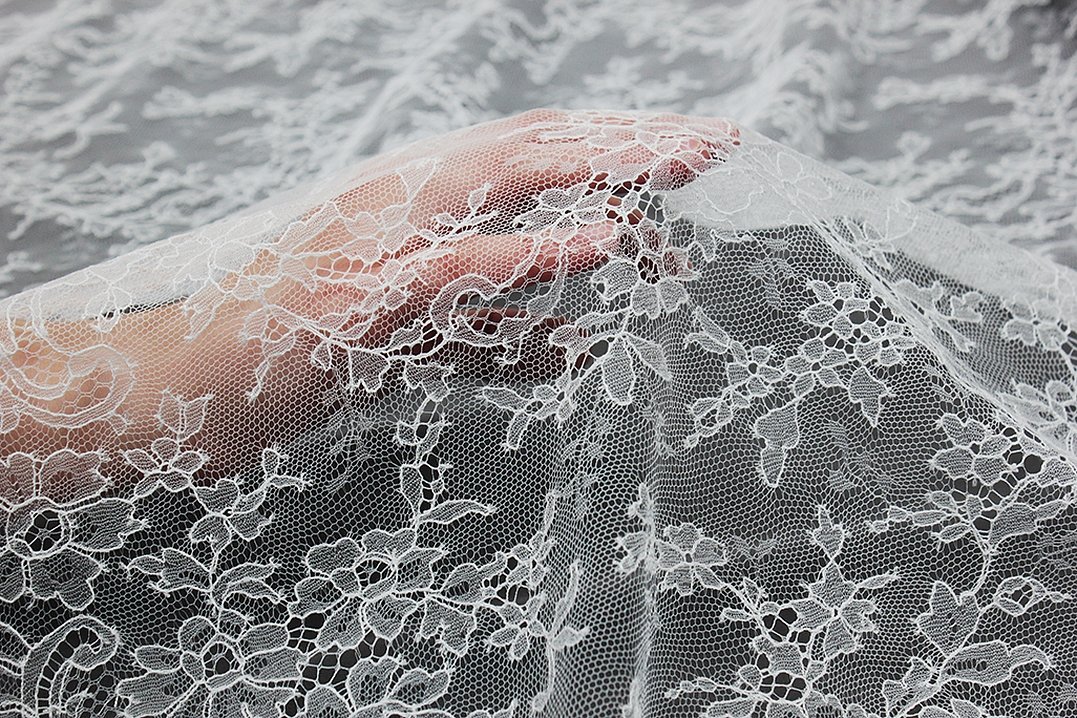
The advantages of Chantilly include:
- Accuracy of execution: all cells are identical in shape and size;
- High strength: achieved by using additional reinforcing threads;
- Quality of weaving;
- Interesting, complex patterns.
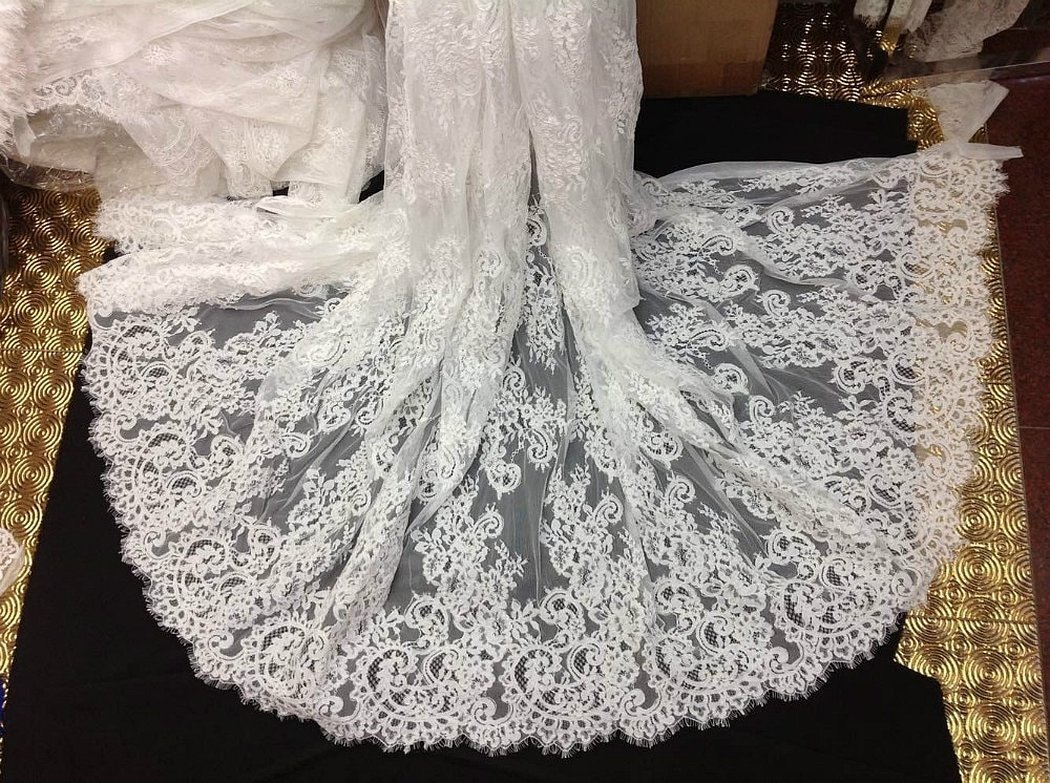
The lace was decorated with various patterns:
- In the 18th century, a background of a grid-like pattern of rhombuses was typical. It was obtained by crossing the horizontal with two diagonals that were directed in the opposite direction. Such a grid was called "point de Paris" or "point Chant".
- At the end of the 18th and beginning of the 19th centuries, honeycomb mesh, imitating Alençon lace, came into fashion.
- In the point grille pattern, parts of the design were woven more tightly to give the pattern more volume.
- The contours of the openwork mesh pattern "point marriage" (also called "cinq trou" and "vitre") are highlighted with a thicker thread.

The history of the material began in a small French town in the north of the country. It is believed that the Italians were the first to weave lace, and they also came up with the idea of adding horsehair to weaving - this helped to obtain convex patterns. The secret was learned second in Belgium. Lace fabric was very expensive, only the richest families could afford it. The secret of production did not go beyond Italy, which allowed the craftsmen to dictate fashion and conditions.
The fashion for lace penetrated into France in the 16th century: Queens Catherine and Marie de Medici, who arrived from Florence, brought with them the fashion for weaving with the reticella ornament, as well as craftsmen for its production. Probably, these craftsmen were the first teachers of French lacemakers. However, local craftswomen quickly learned the basics and brought their own ideas and traditions to lace.

Already in the middle of the 17th century, French craftswomen were able to repeat the Venetian weaving technique. To develop production, the Minister of Finance even ordered 30 Italian women from Venice, and planned to open his own production in the city of Alencon. This did not please the former monopolist of Italy: the craftswomen were persecuted and soon left. But they managed to teach the French a lot: a year later, the Minister of Finance was able to report to the king about the start of production.
It is noteworthy that lace has gained recognition in its native country.
Important! Some historians believe that the king even ordered that no more weaving be ordered from other countries; only local work was allowed.
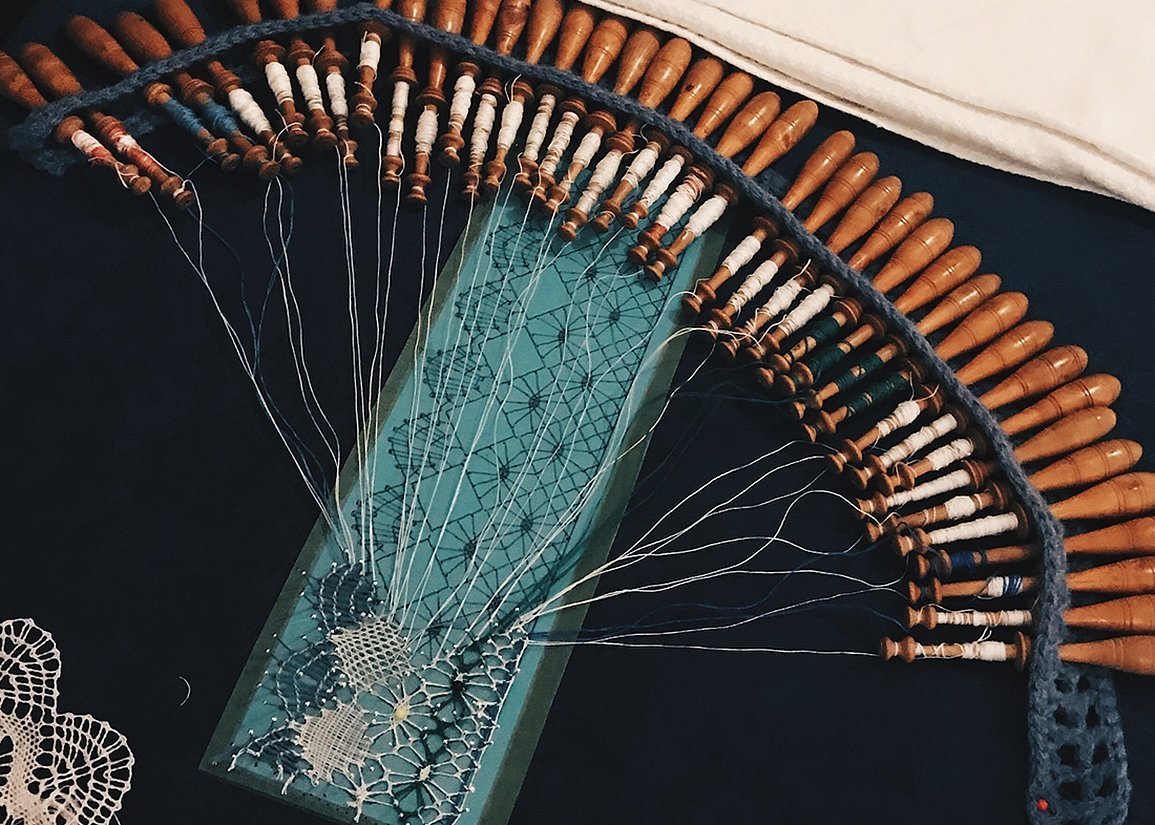
At that time, the lace produced in Alençon (it was embroidered guipure) was not only not inferior to Italian works in some respects, but also surpassed them. French lace had a smaller, more elegant and varied pattern: not only plants and ornaments were embroidered, but also small figures, mainly people and horses. The patterns were made by outstanding artists, human hair was used for small work.
In the 17th century, tulle began to be used as a base instead of guipure. At the end of the same century, a tradition emerged of placing the pattern only along the edges, leaving empty space for small decorations. At the same time, several factories were built in Chantilly, which produced woven lace from black and white silk threads, then from metal and linen threads, but in the end they began to make only black lace.
The lace was called "blondes" and was woven by hand on a flat cushion: small items were made in one piece, larger ones in separate parts, which were then joined together with invisible couplings. After some time, factories opened in the cities of Cannes and Bayeux. There they wove blondes, which soon received a new name - "Chantilly".
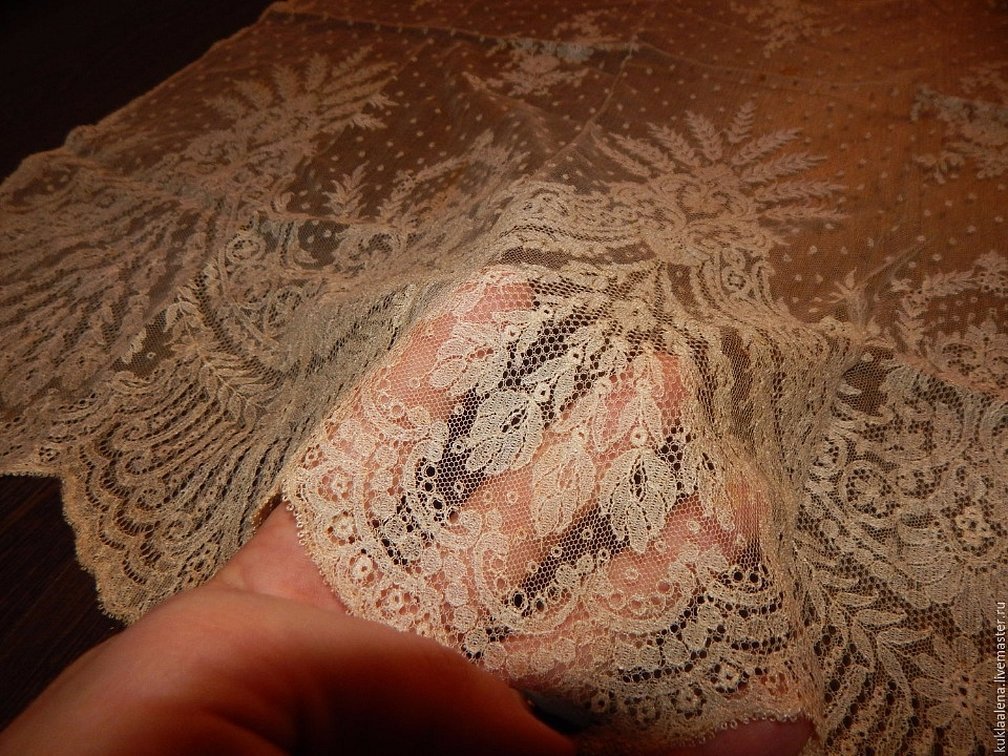
Chantilly was quite expensive and was only available to the wealthiest families. Gradually, manual labor was replaced by machine labor, which made production cheaper and the material more accessible. Lace became especially widespread under Napoleon III from the 1840s. The products were distinguished by a complex composition and an abundance of patterns: the "field" - the mesh was filled with various flowers, patterns, butterflies, hearts, polka dots. The edge was framed with hanging ribbons, fringe and ruffles. A small free mesh field was decorated with small flies, flowers.
Today, you can mainly find machine lace, synthetics are added to the fabric. Important! Handmade is much more expensive, it is difficult to find, but in a specialized museum you can see the technique of hand-made.
Where is it used?
Chantilly was used to make a variety of things or to decorate them. Depending on the time, lace was used in the following cases:
- In the Middle Ages, scarves, capes, clothing and hair ornaments were made from black lace;
- During the reign of Napoleon III in the mid-19th century, the material was mainly used for sewing large items: mantillas, skirts, capes, scarves, umbrellas, gloves. Small trinkets were also made: handkerchiefs, hairpins, headdresses, fans, etc. Due to the large and clear pattern, the material was also used to decorate clothes: lace was sewn along the hem of a skirt or gathered in folds, framed sleeves and necklines. Lace veils that covered the hair and face looked interesting.
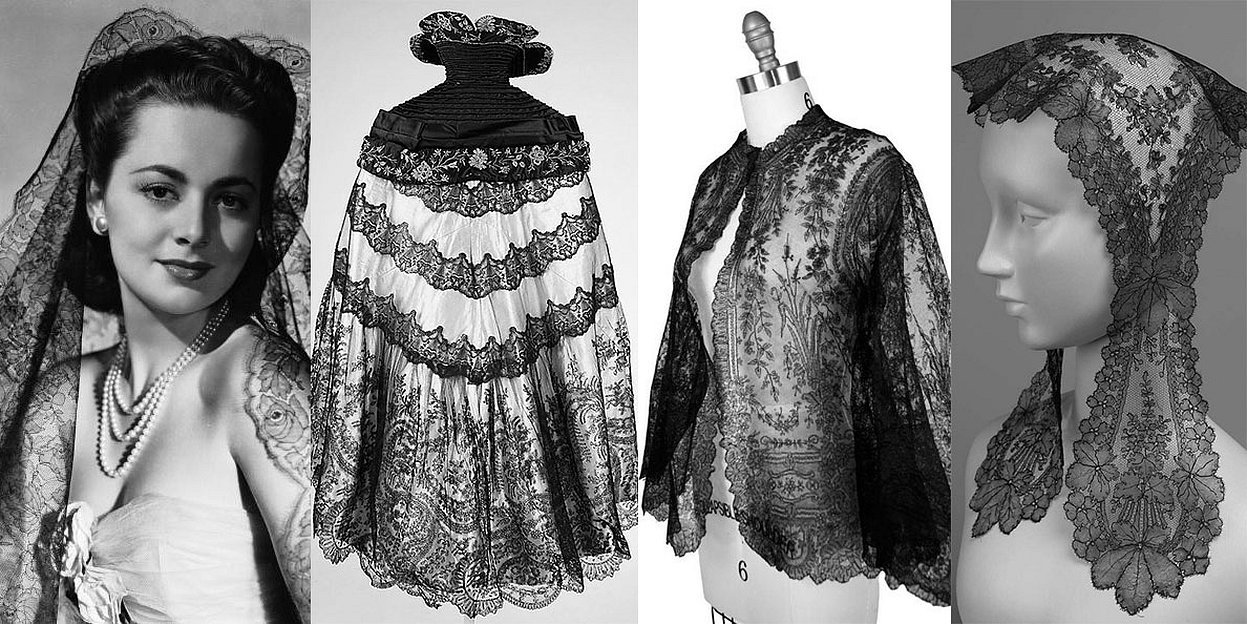
- In the 19th-20th centuries, light dresses decorated with black lace of various types, velvet appliques and satin ribbons were in fashion. They looked quite "dramatic" and gave the owner a tragic, romantic note.
- In the 1940s and 1950s, many film actresses playing “femme fatales” appeared on screen in outfits decorated with this lace.
- Today, Chantilly can be found in the collections of many fashion designers: Chanel, Prada, Elie Saab, Givanchy, Zac Posen, Christian Lacroix and others. Lingerie brands, such as La Perla, regularly use lace.
Important! Catherine Middleton wore a lace dress from the French factory "Sophie Hallette".
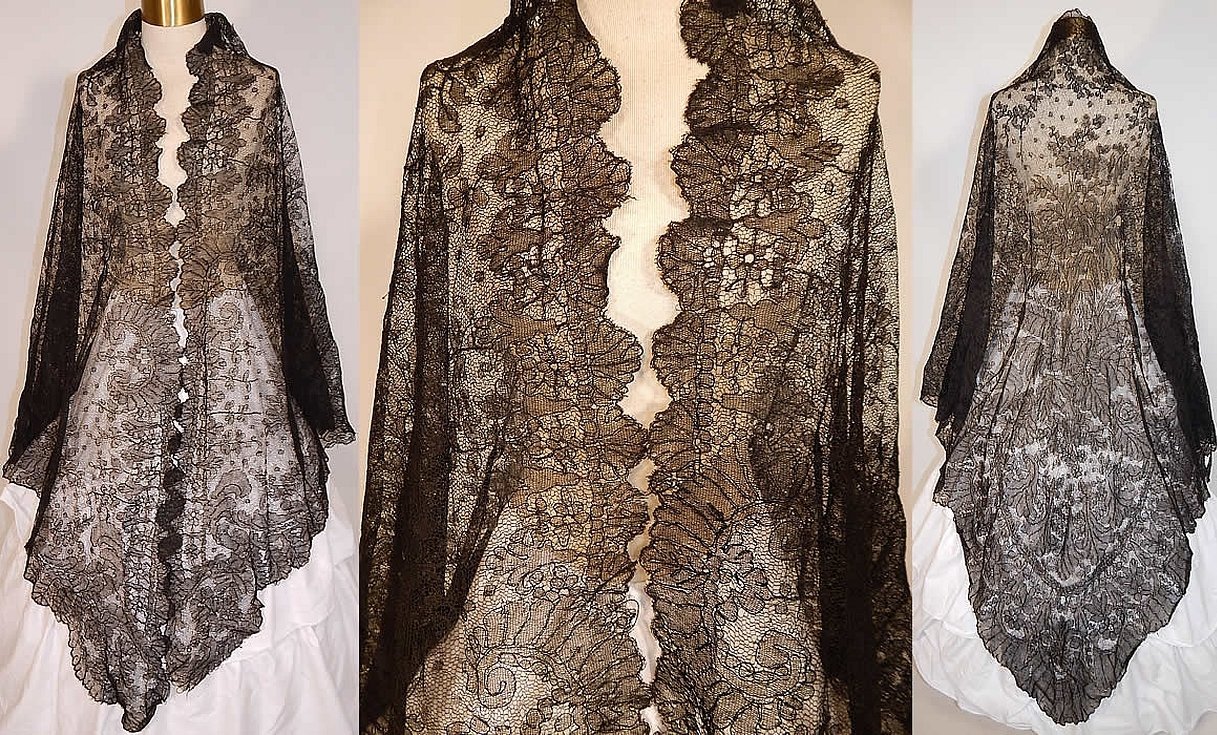
Care
Proper care of Chantilly lace will help preserve its beauty for a long time:
- If stored incorrectly, it is easy to damage some of the lace fibers, which will lead to the loss of the pattern or the disintegration of the "mesh" base itself. Lace products must be stored at a distance of at least 1 meter from a battery or other heating device. The material does not like direct sunlight, the distance to the lighting device should be at least 0.5 meters. It is also necessary to maintain an average temperature and humidity of 70-75%.
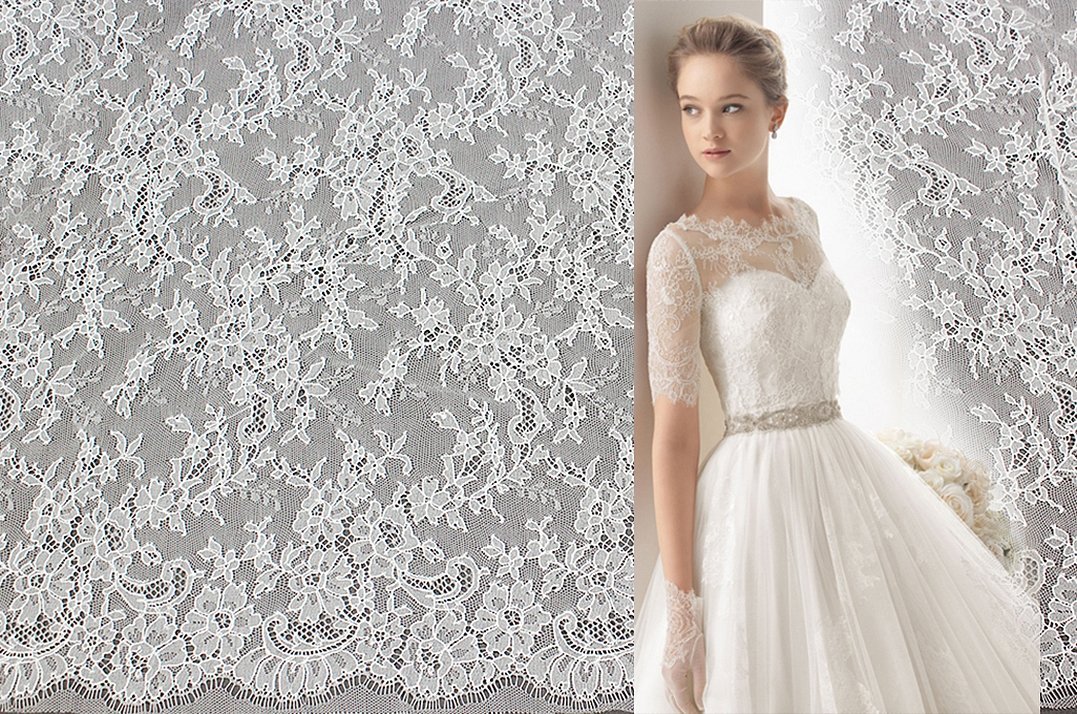
- Washing is no less important. First, shake off dust and dirt from the items, then soak for 1-2 hours in warm water with diluted washing soda (1 teaspoon per 10 liters of water). When soaking, it is better to change the water: once is enough for light contamination, 2-3 times for heavy contamination. After that, carefully wring out the item and wash it by hand in warm soapy water. Do not rub the item, as this will ruin the lace. After washing, rinse the lace 2-3 times in warm water, then in cool water. When washing lace underwear or embroidery, place the items in special bags to avoid damaging them. Napkins or tablecloths can be sewn with large stitches to white fabric - this will help prevent fraying the ends, and it will be easier to dry and iron the items afterwards.

- Only cotton items can be boiled for no longer than 15 minutes. After bleaching, items must be rinsed thoroughly in warm and cold water.
- You can dry things on a horizontal surface; some items (for example, a bedspread or napkins) are best wrapped in a dry cloth for a few minutes to absorb the moisture.
- Napkins and tablecloths should be ironed from the inside through a piece of gauze, lace on a shirt is best additionally starched. If you need to iron a separate lace, it should be pinned to a thick blanket and ironed through a damp cloth.
In the world of fabrics, lace has not given up its position for many centuries, and Chantilly is one of the best and most famous in the world. It is still used in sewing dresses, especially wedding and evening dresses, underwear and accessories.




